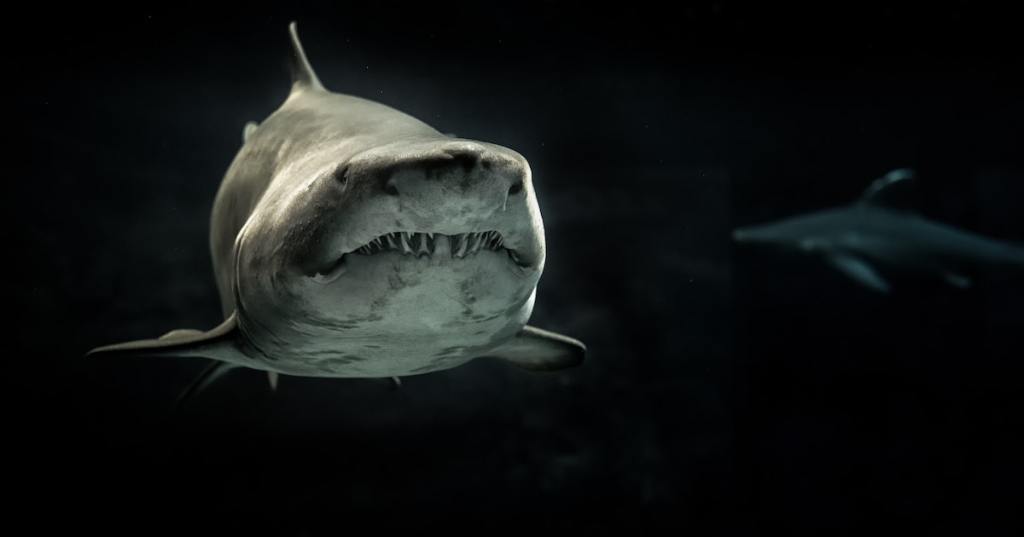It doesn’t take a shark enthusiast to notice that one of the most famous species, the great white, never lives in aquariums. Since the 1950s, humans have tried to keep these predators in captivity as tourist attractions, but our attempts never work for long.
Photo Credit: Pexels
The first known attempt to keep a great white shark for public viewing was made in the mid-1950s and it died in less than a day. The effort would be made many more times over the next several decades, and each time the shark would die or be released within weeks. The rare exception came in 2004 when the Monterey Bay Aquarium kept great whites alive for longer than 16 days, they ended up surviving for several months.
But…why? It turns out there are numerous reasons why great whites and aquariums do not mix.
A big reason is the diet consumed by these apex predators. They almost exclusively eat live prey, an expensive and unpopular undertaking for a public setting.
Also, great white sharks must swim forward to survive, allowing water to pass over their gills to intake oxygen. For a species that often grow 20 feet or more in length, one would need an almost impossibly big container to house them, much less make them continuously visible to an audience.
Finally, great whites have exceptionally sensitive electroreceptors, used in the wild to detect subtle changes in the sea, but easily overwhelmed by glass and machinery sounds inside a tank.
These issues are likely moot today when many frown on capturing and viewing large marine mammals for entertainment. A message great white sharks have been trying to send for nearly a century.
